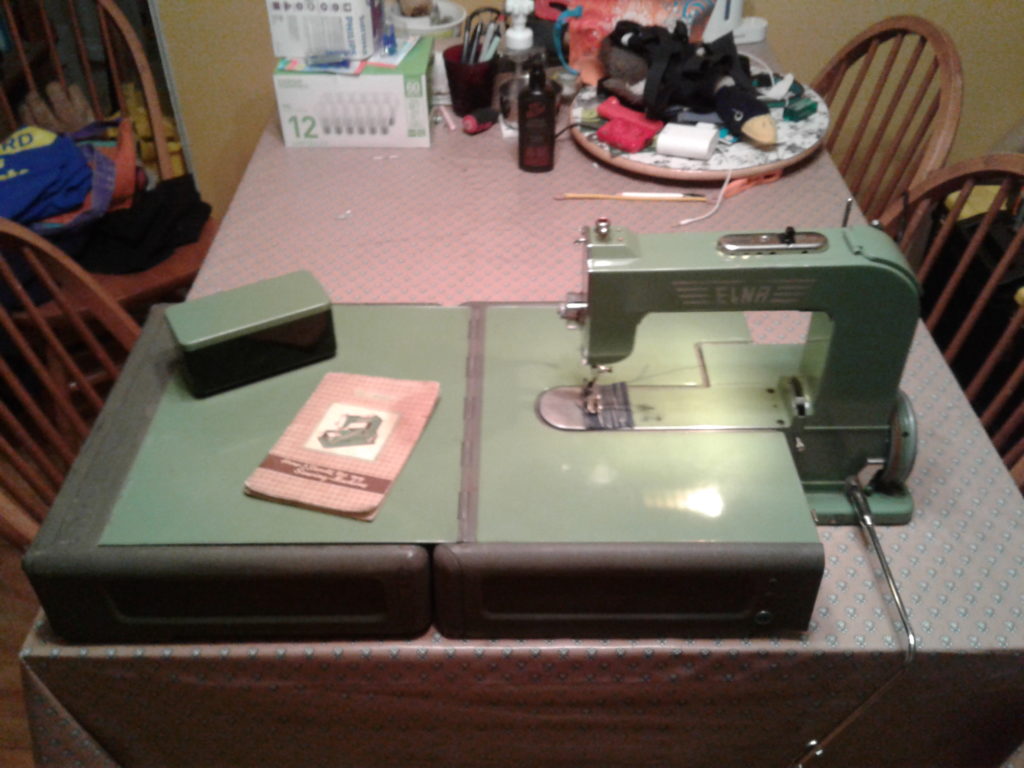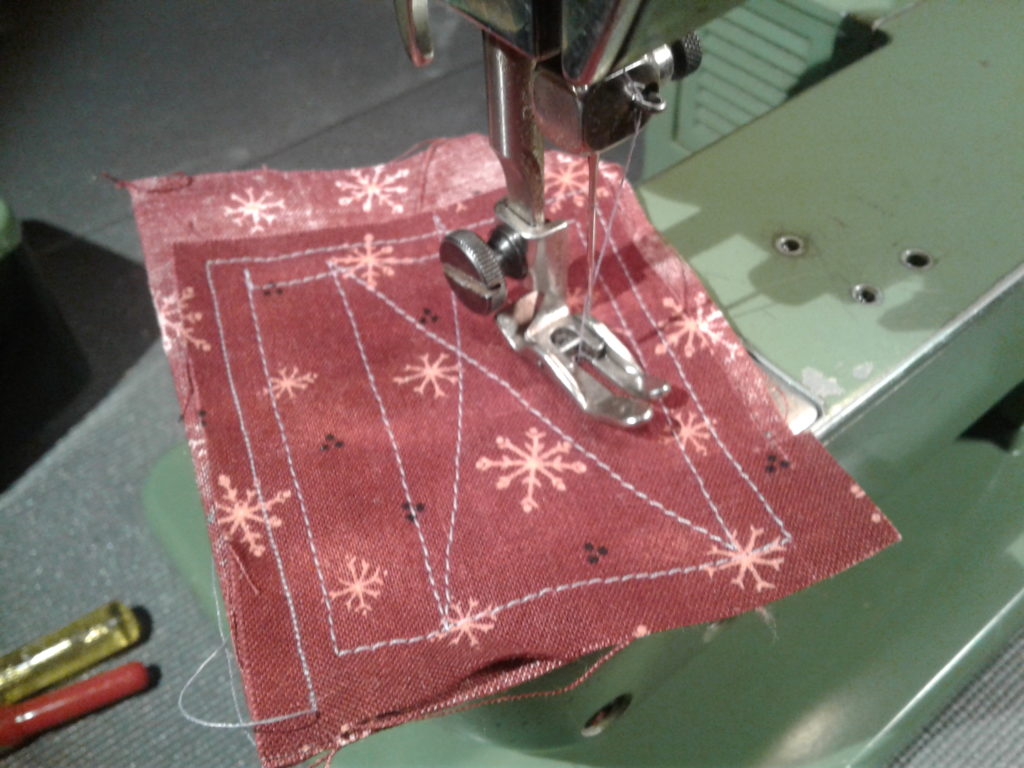
This 1977 Kenmore was the second vintage machine I purchased and it’s wonderful finish and appearance belies the fact that this machine has seen thousands of hours of use and has probably sewn a million stitches.
In the mid seventies Singer had slipped and was still making good machines, but in order to cut costs they had outsourced production and were using a lot more plastic internally which we now see failing in many of their models. Kenmore machines really were the best value for the money as they could run against machines like Bernina and Pfaff, which sold for twice as much and in many cases, were actually less capable or versatile.

If one adjusts for inflation, this machine cost the equivalent of $2000.00 (in 2019) and it is one of the few vintage Kenmores that currently rates a fairly decent price on the secondary market as they are quite hard to come by. I figure that many people who bought one originally are still using their machines as there is simply no reason to upgrade when a machine is this good.
There is something to be said for all metal construction and extremely high quality standards, and I suspect a machine this this will sew for 100 years.
It has never failed in any task and I often use it as the standard by which other machines are judged.





